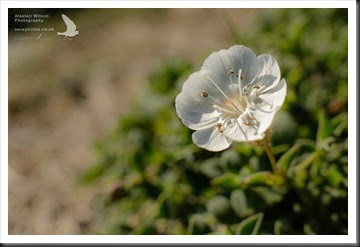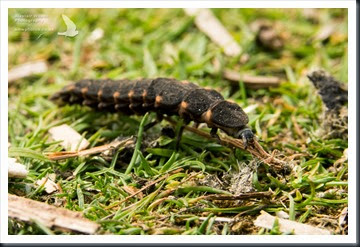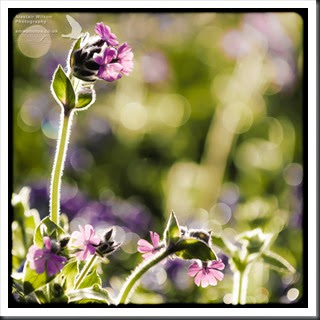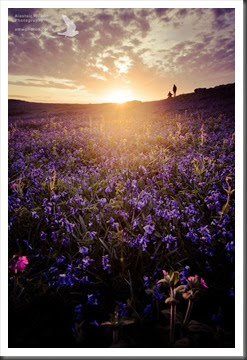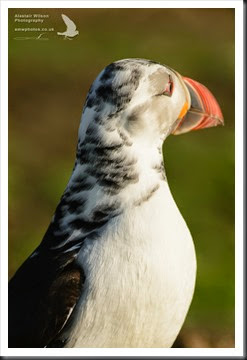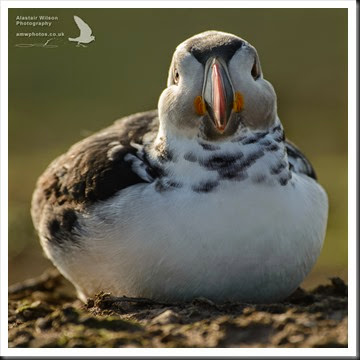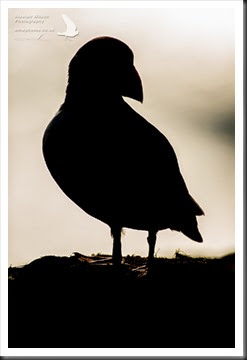Tuesday 20 May 2014
Skomer flowers
Saturday 10 May 2014
Leucistic Puffin
The main site for visitors to view the puffins on Skomer is at The Wick. There is a good path, and a rope down each side to try and dissuade people from getting too close and putting a foot through a burrow roof. The puffins come very close, and will even at time pull at your shoe laces
This is what a puffin usually looks like, but every so often you get plumage variations, leucism, where the cells responsible for producing melanin are absent, so the feathers are white. This is different to albinism which is caused by a genetic mutation meaning the bird or animal is unable to produce any melanin pigments.
Even though it looks ‘a bit odd’ I think it looks really interesting. I’ll have to keep an eye out to see whether it gets a mate this year or not.
